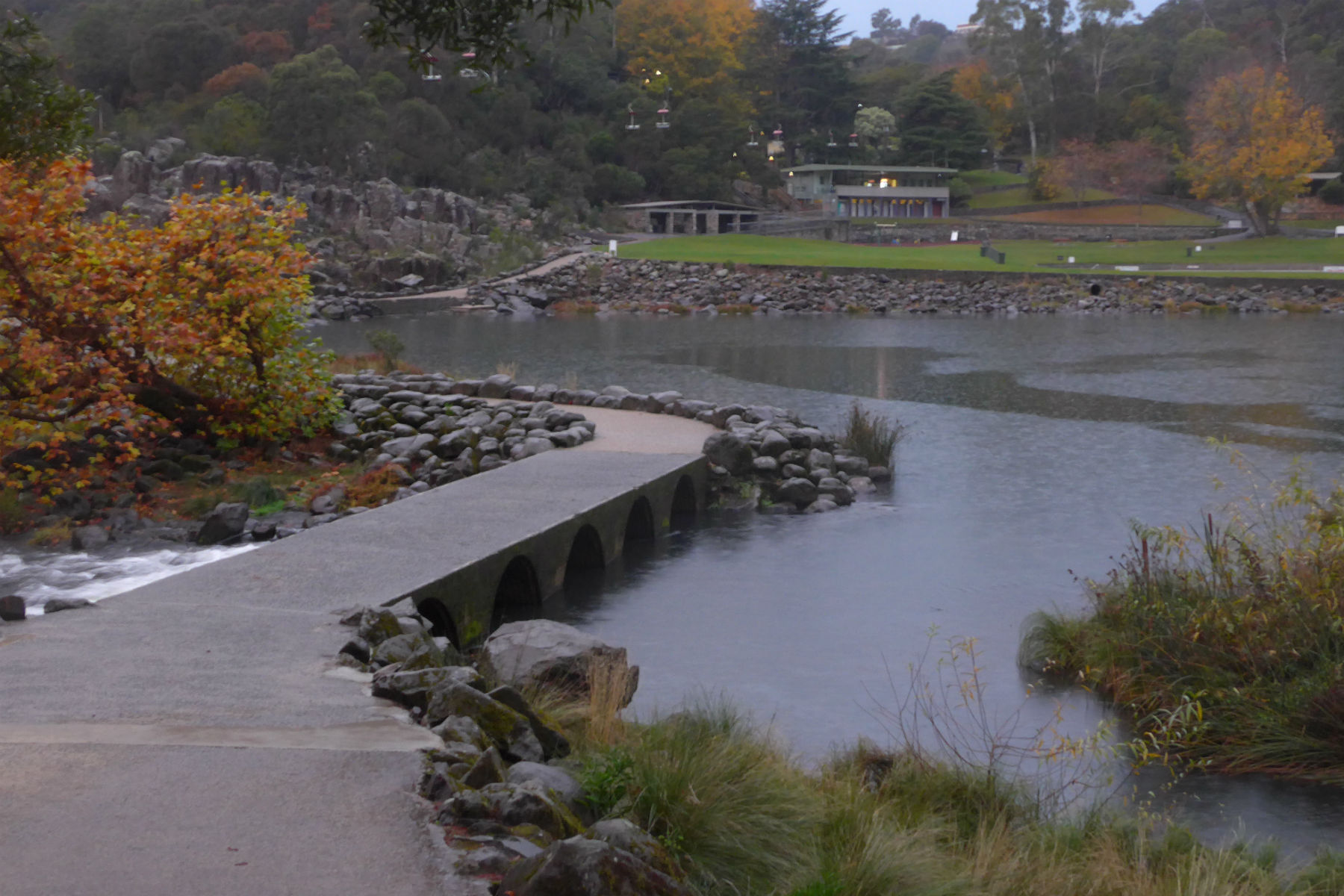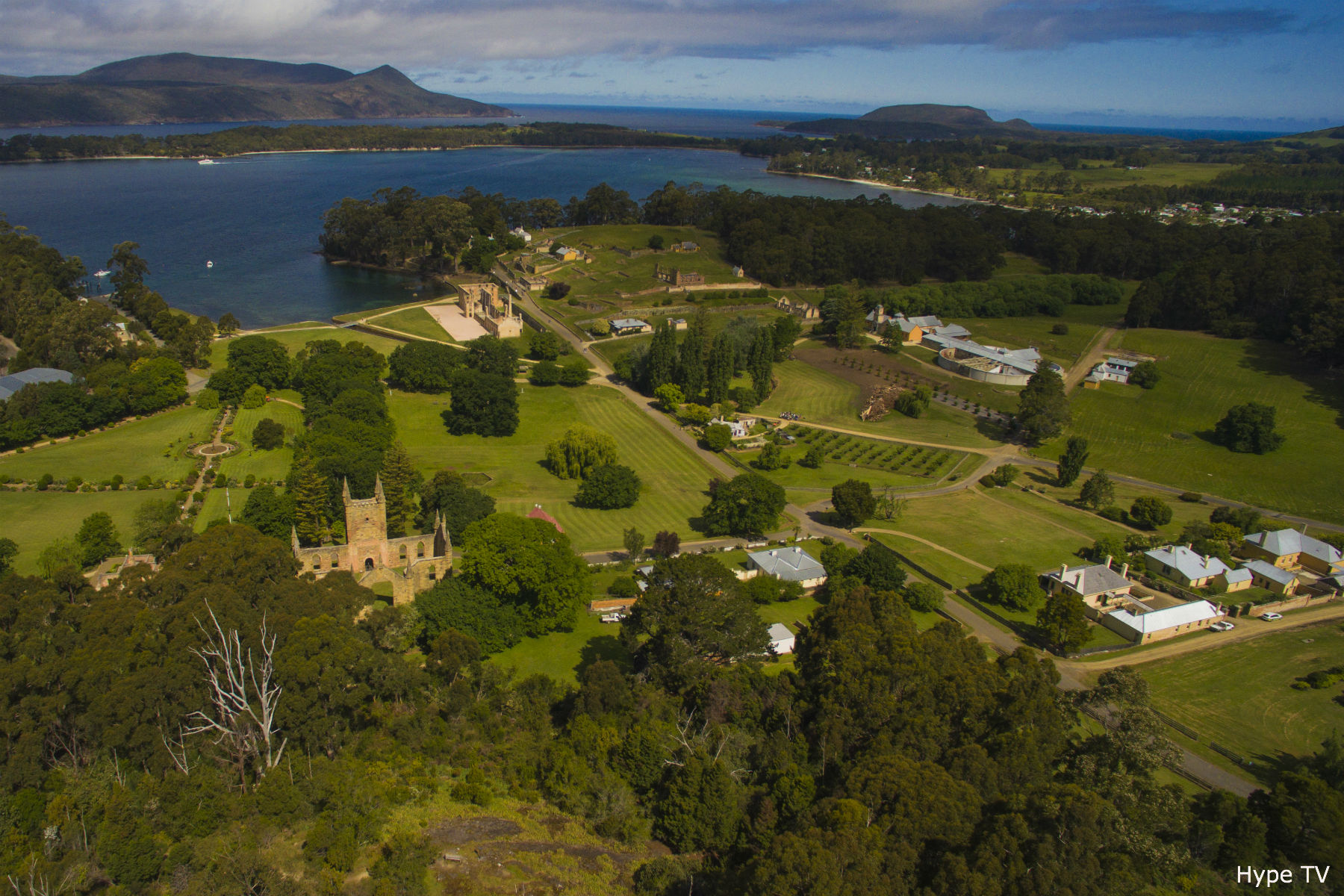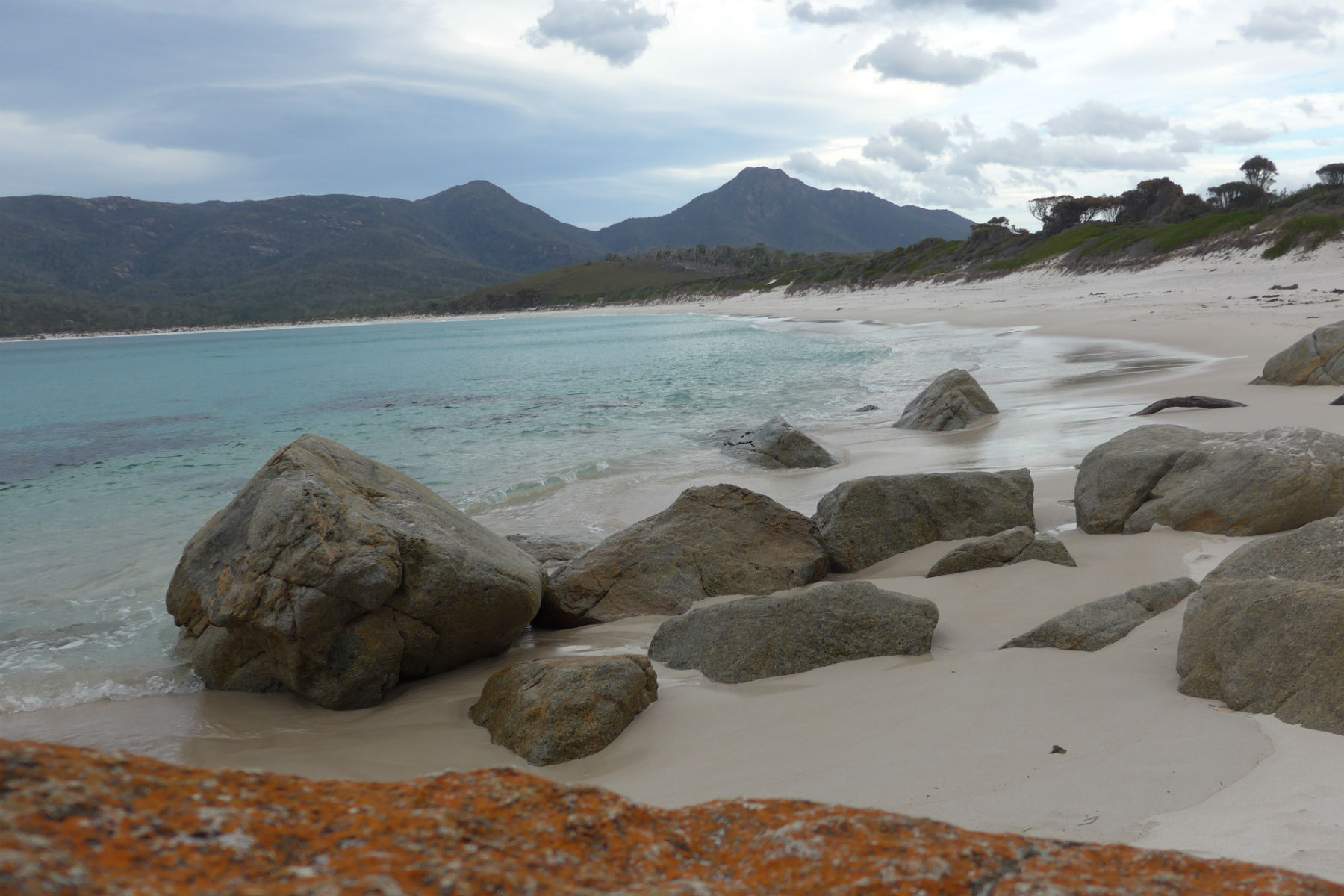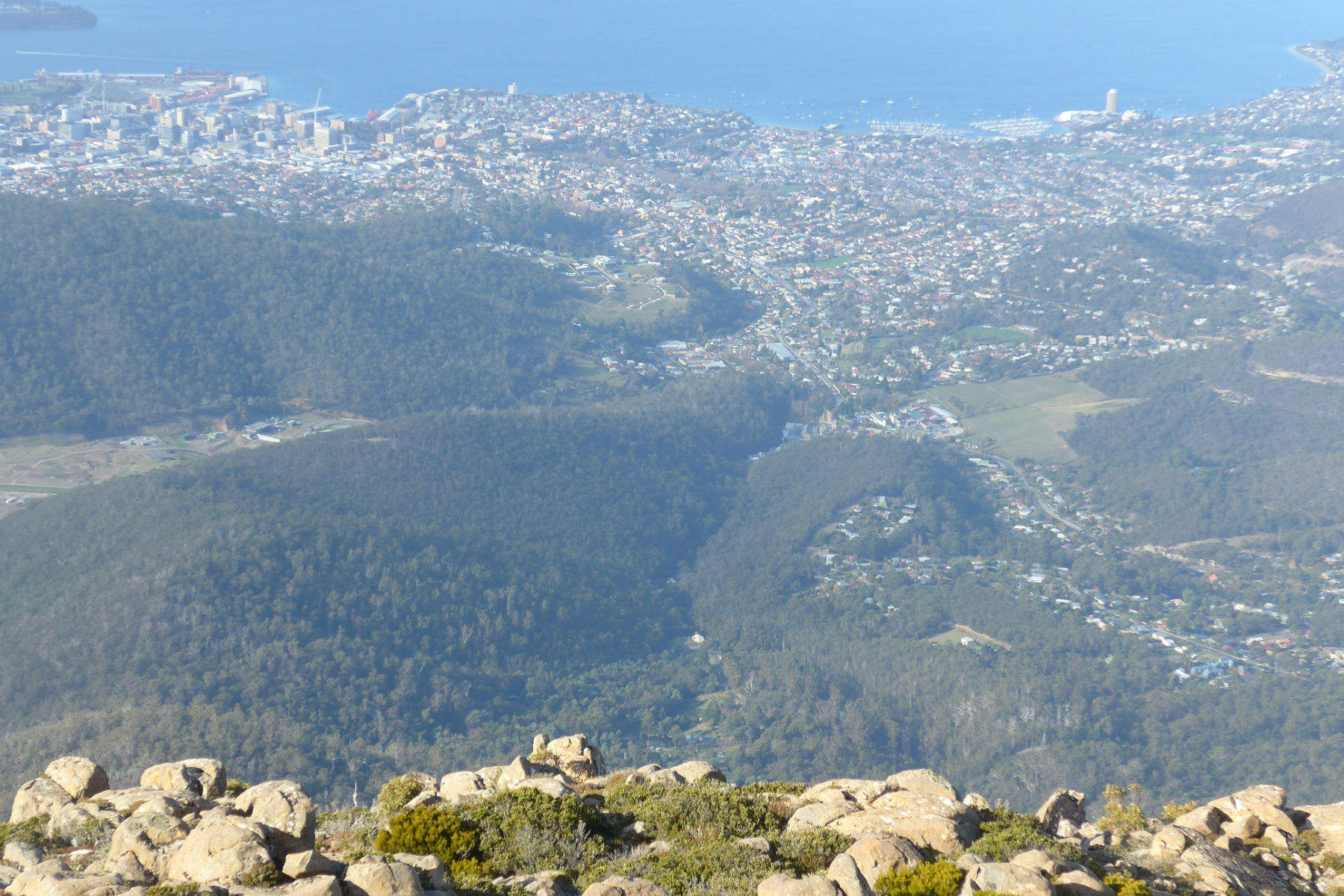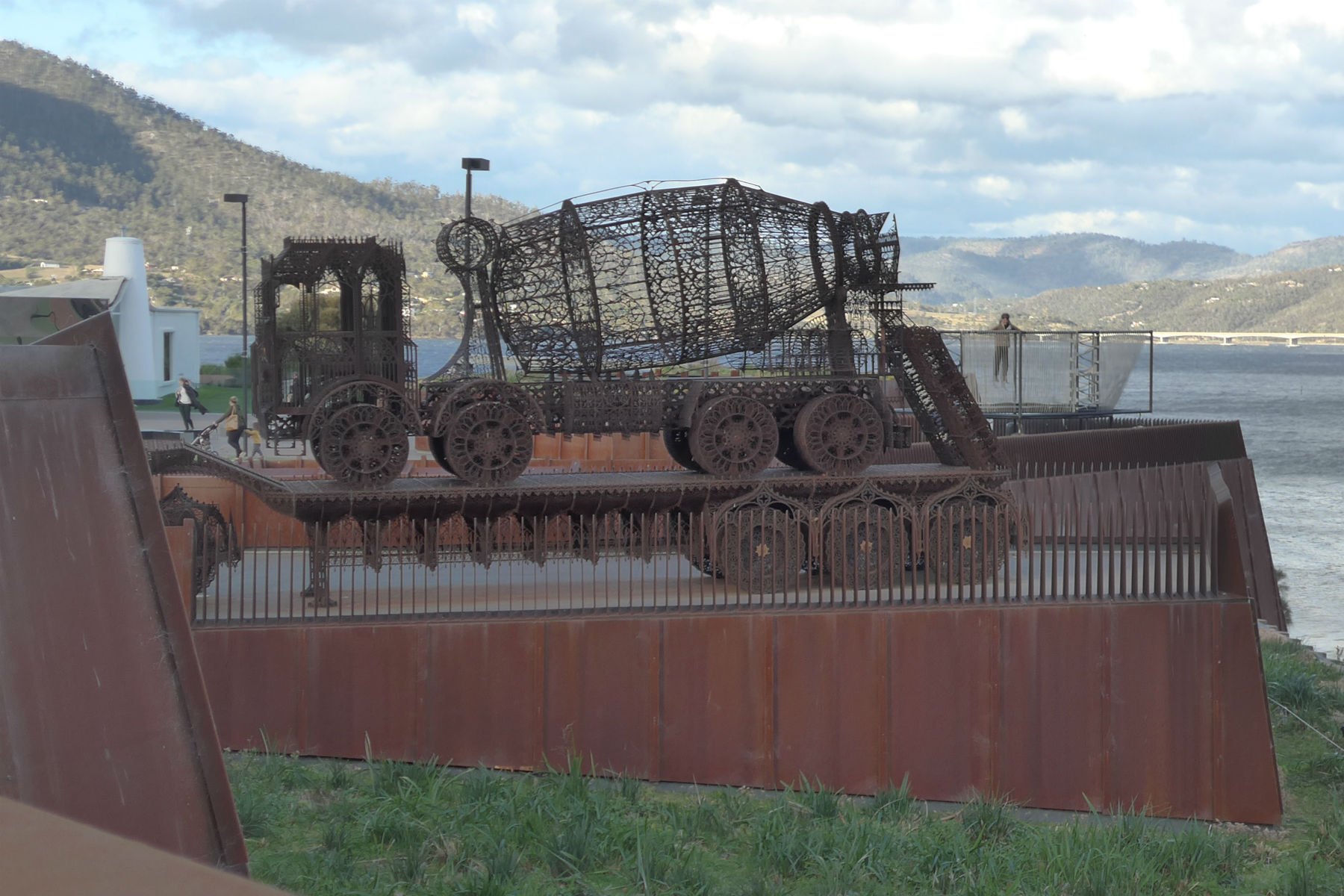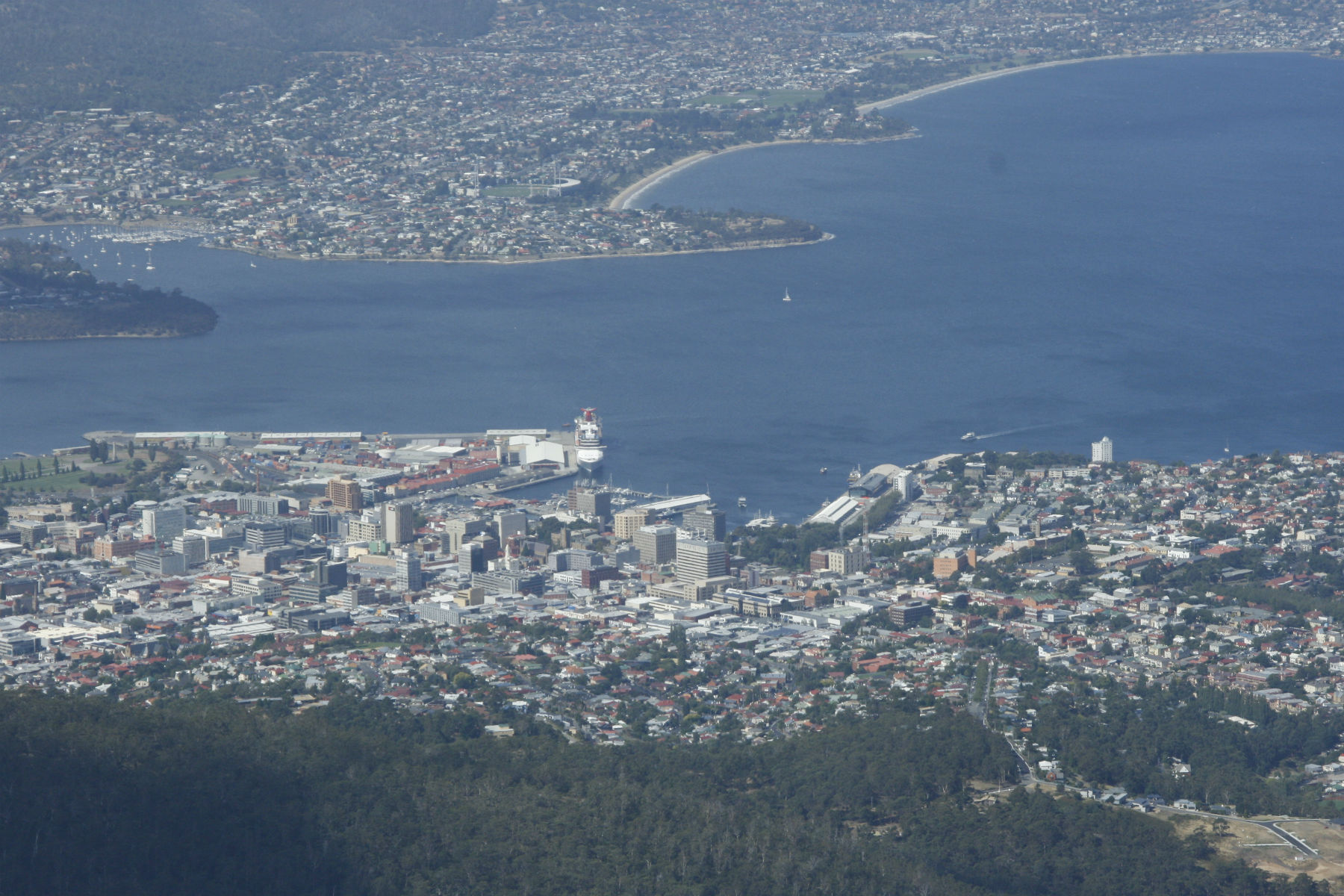Top Things to do in Tasmania
Port Arthur
Port Arthur is a former penal settlement, where stories of extreme hardship, brutality and hard labour may still be evidenced within the decaying walls of one of Australia’s harshest convict prisons. Children as young as nine were incarcerated there, the ruins a sombre reminder of Australia’s ruthless beginnings.
Today the small township is a shrine of remembrance that contains a museum, cafes and a bistro and experienced guides who will escort you to The Isle of the Dead, where mass graves are a shocking and sobering reminder of Australia’s convict past.
Return to Top
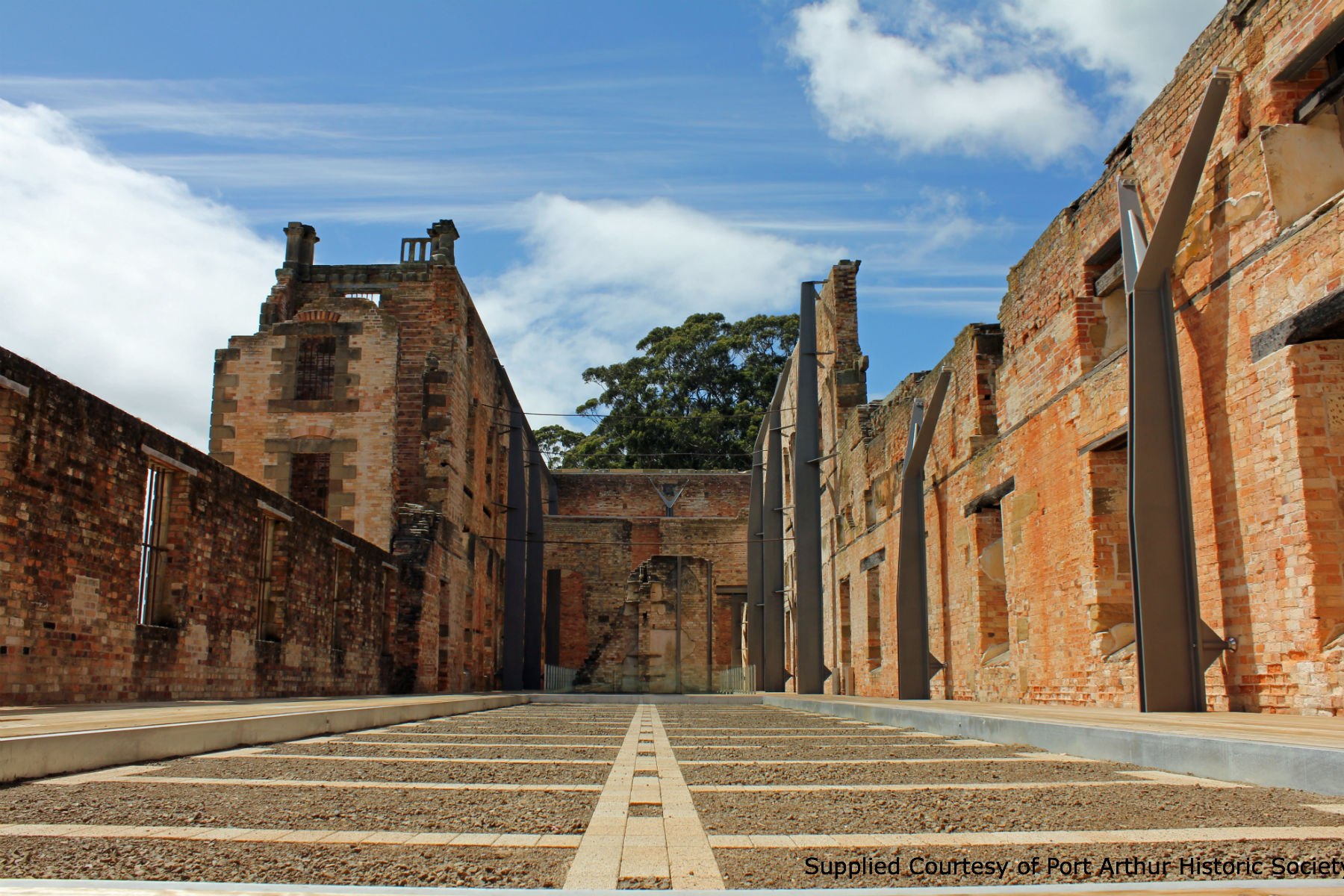
Bruny Island
Just a 20 minute ferry ride from Kettering (a half hour drive south of Hobart) Bruny Island is both a wildlife and gourmet treat. the island consists of two parts separated by an isthmus called the neck. The island’s most famous wildlife is the Bennett’s White Wallaby, but there is a darker side to these beautiful animals. They have been known to feast on opium poppies grown in Tasmania. Aside from some very happy wallabies the island is also blessed with a wide array of bird and sea life.
The island’s other draw card is the locally grown produce Oysters, Berries, Cheeses, Wines and now Whiskeys.
Return to Top
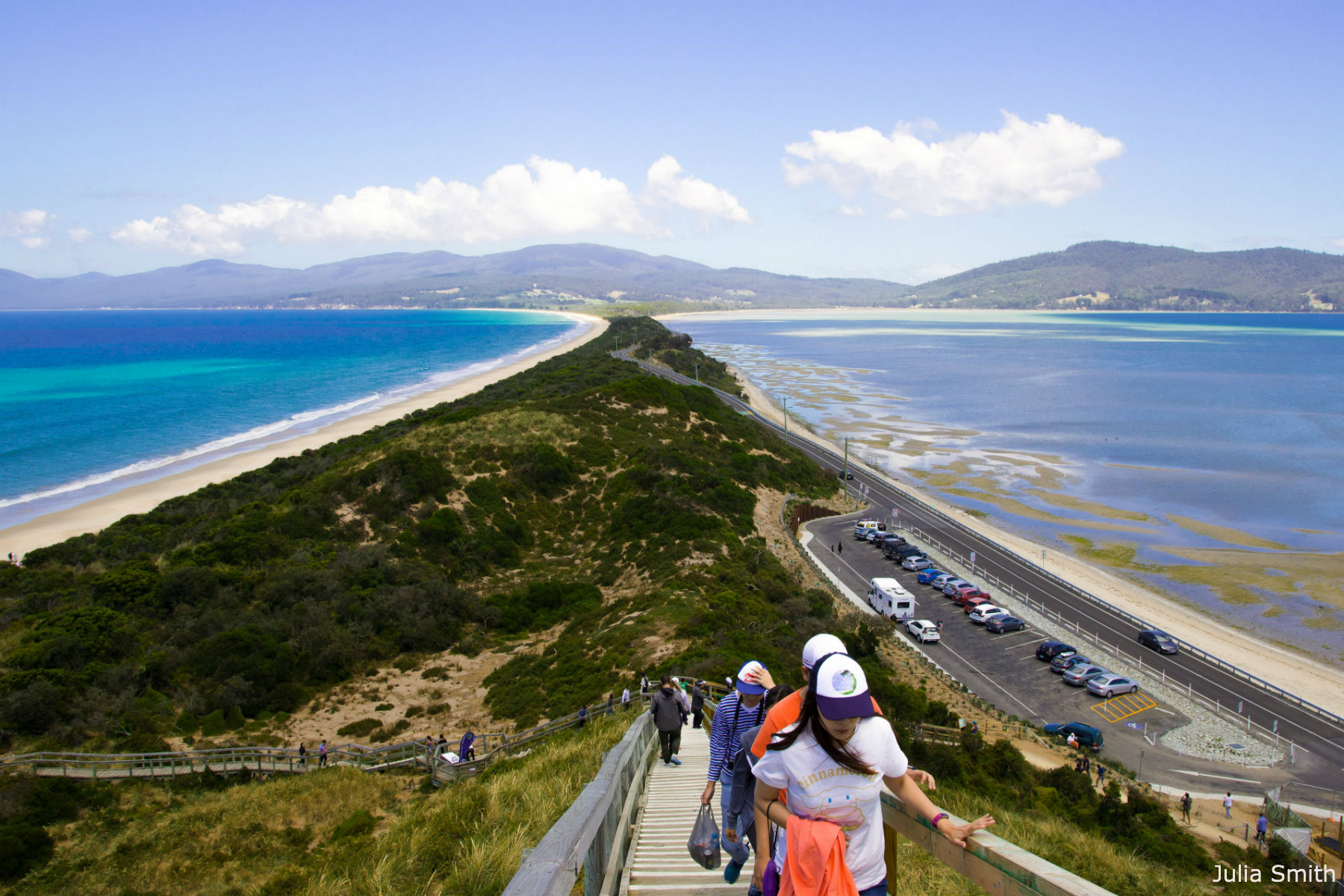
Freycinet National Park
The Freycinet (pronounced “Fray-sin-ay) Peninsula – on the east coast of Tasmania – is a spectacular land formation girt by pink granite mountains.
Wineglass Bay, within the Freycinet National Park is ringed by sandy white beaches and is a peaceful, sheltered location with a myriad of walks allowing breathtaking views of the surrounding area. A truly beautiful and unspoiled part of Tasmania, hugely popular with locals, is a must see for visitors to the Apple Isle.
Return to top
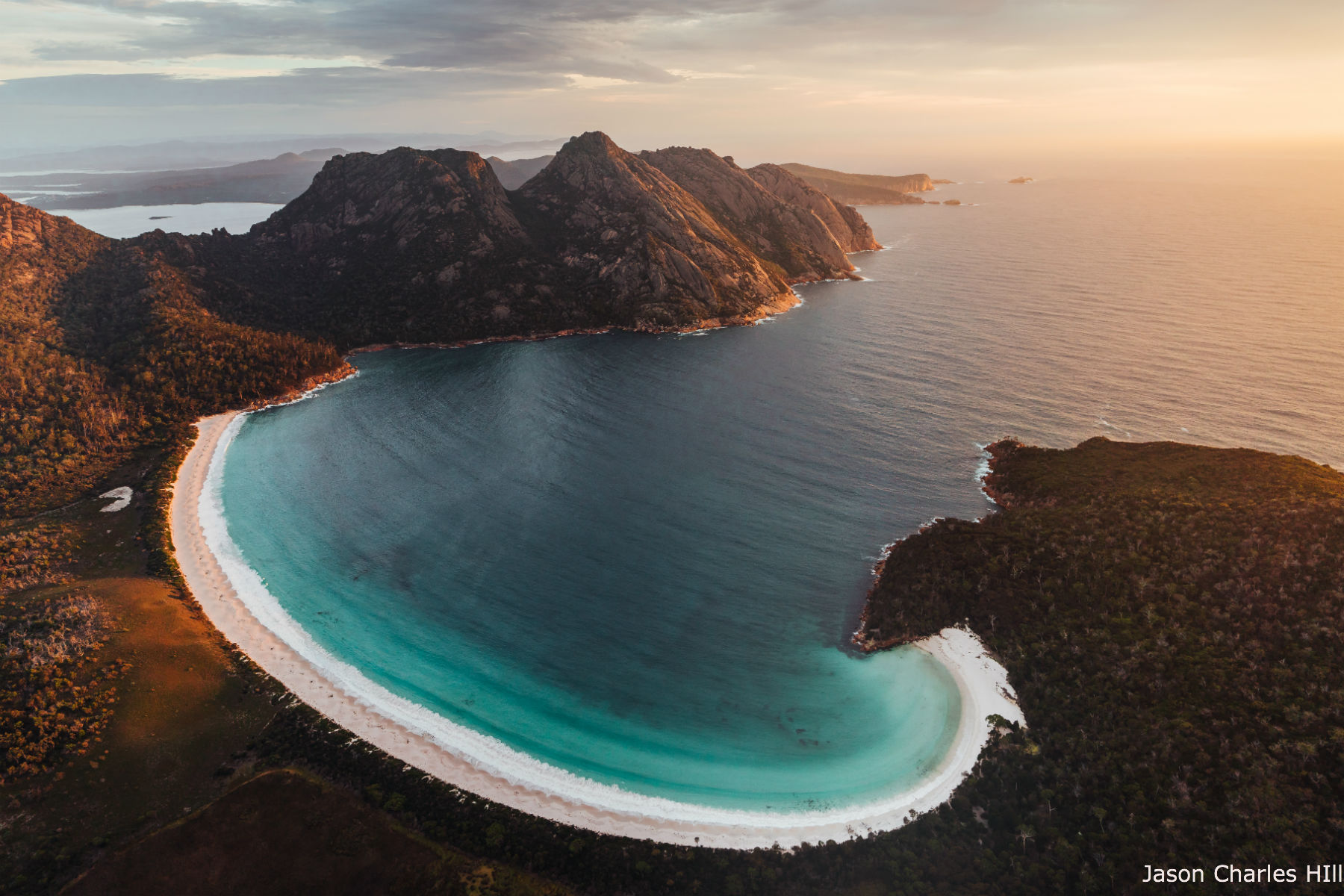
Mount Wellington
Located in the southeast coastal area of Tasmania, Mount Wellington is the top of the Wellington Range, 1,269 metres above sea level. Rising above the foothills of Hobart, the apex affords you panoramic views that encompass the city, the Tasman Peninsula, the dolerite columns known as the Organ Pipes and the Derwent River.
Dotted with boulders and indigenous scrub, the mountain is often topped with snow, with well-designated walking tracks and fire trails leading you from one spectacular view to another.
Return to Top
Cradle Mountain
This breathtaking national park, home to a wide variety of flora, fauna and fungi, is situated in the Central Highlands, 165 kilometres northwest of Hobart. Part of the Tasmanian Wilderness World Heritage Area, the park is an Important Bird Area (IBA), which contains hundreds of walking trails, including the iconic Overland Track.
This wilderness area’s tracks are graded from easy to difficult and can take from an hour to several weeks. Spectacularly beautiful, the Cradle Mountain-Lake St Clair National Park is an absolute must for wilderness lovers.
Return to Top
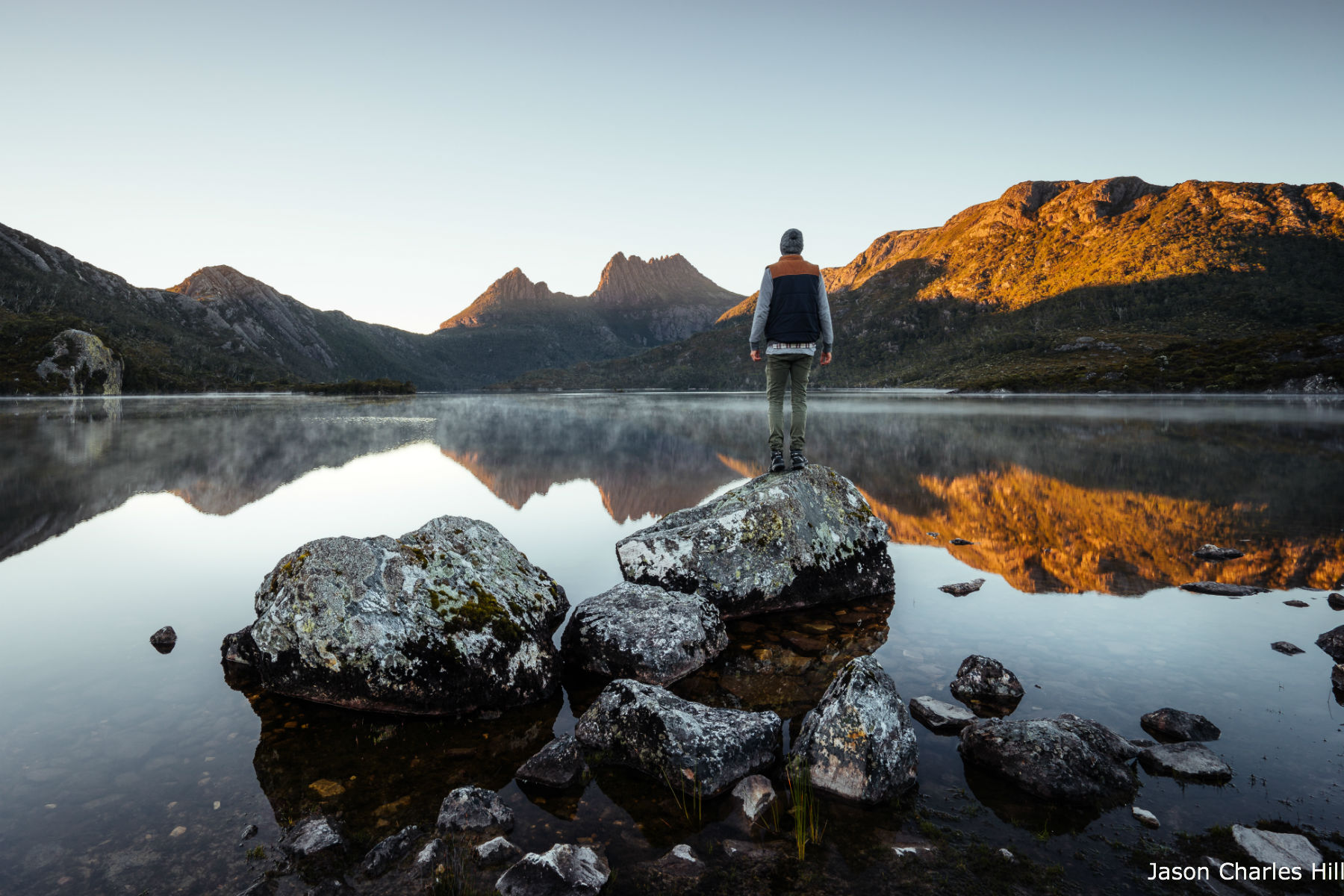
Mona
MONA, the Museum of Old and New Art, is located within the Moorilla Winery on the Berriedale Peninsula, Hobart. Opened in 2011, this privately funded venue houses a fascinating collection of modern and contemporary art, antiquities and public art and hosts annual festivals MOFO and Dark MOFO.
The unique character of MONA brings thousands of visitors to the area, with a winery, restaurant, hotel and brewery on site.
Return to top
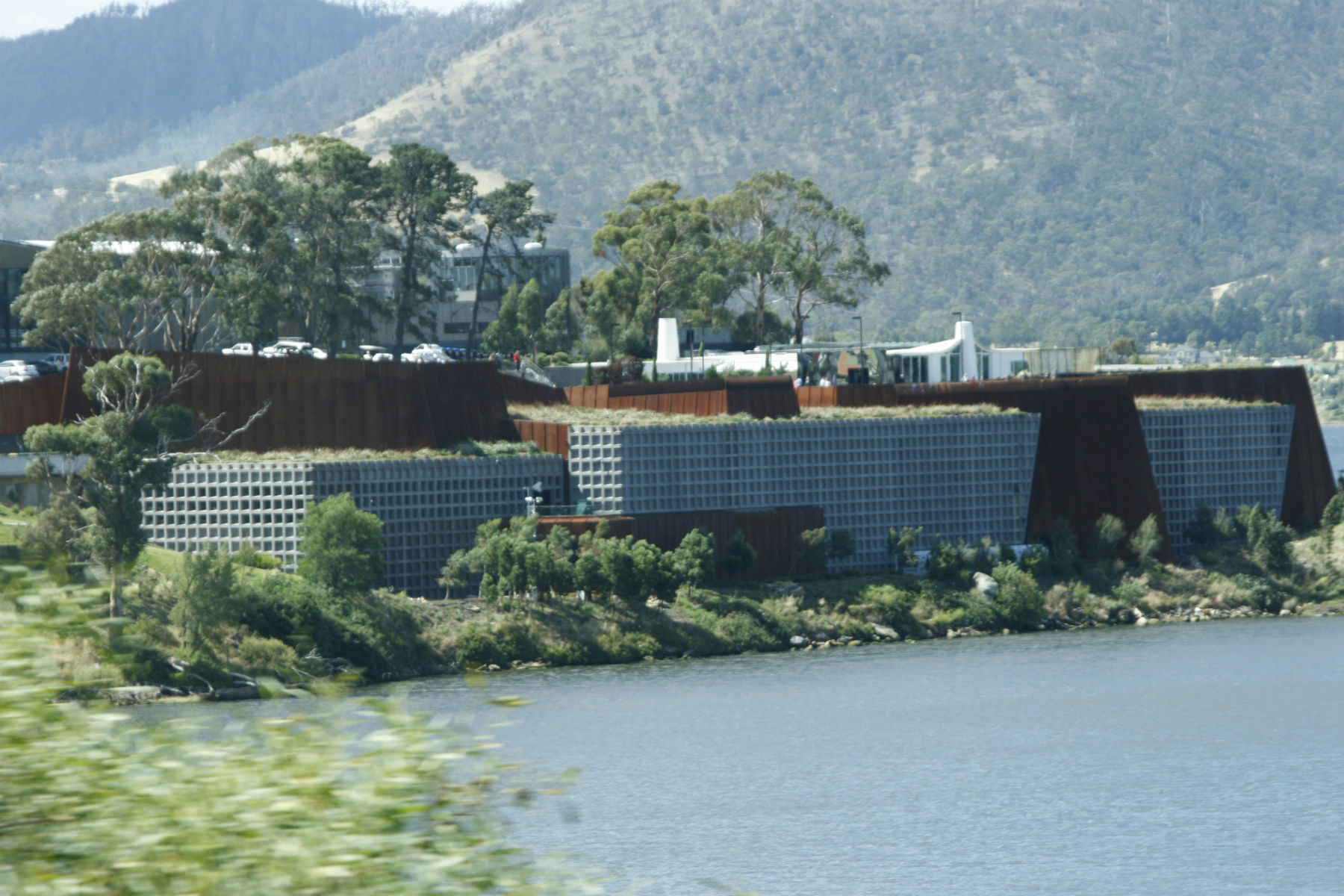
South West Wilderness
The South West Wilderness area of Tasmania is potentially the most remote area in Australia. Inaccessible by road, the best way to visit the protected reserve is via charter flight from Melaleuca. The World Heritage Listed Area, covering 20% of Tasmania, is subject to extreme weather conditions, ranging from strong winds, ice and snow and thick fog. Despite the often-treacherous travelling conditions, upon safely arriving, a world of wonder awaits – unsurpassed views, tranquil waters and deep peaceful silence.
The Airwalk is a swinging footbridge that crosses the Huon and Picton rivers for 620 metres, 45 metres above ground. Suspended above the treetops, the steel walkway offers a magnificent aerial view of the South West Wilderness area, showcasing the verdant beauty of Tasmania’s unspoiled beauty.
Return to Top
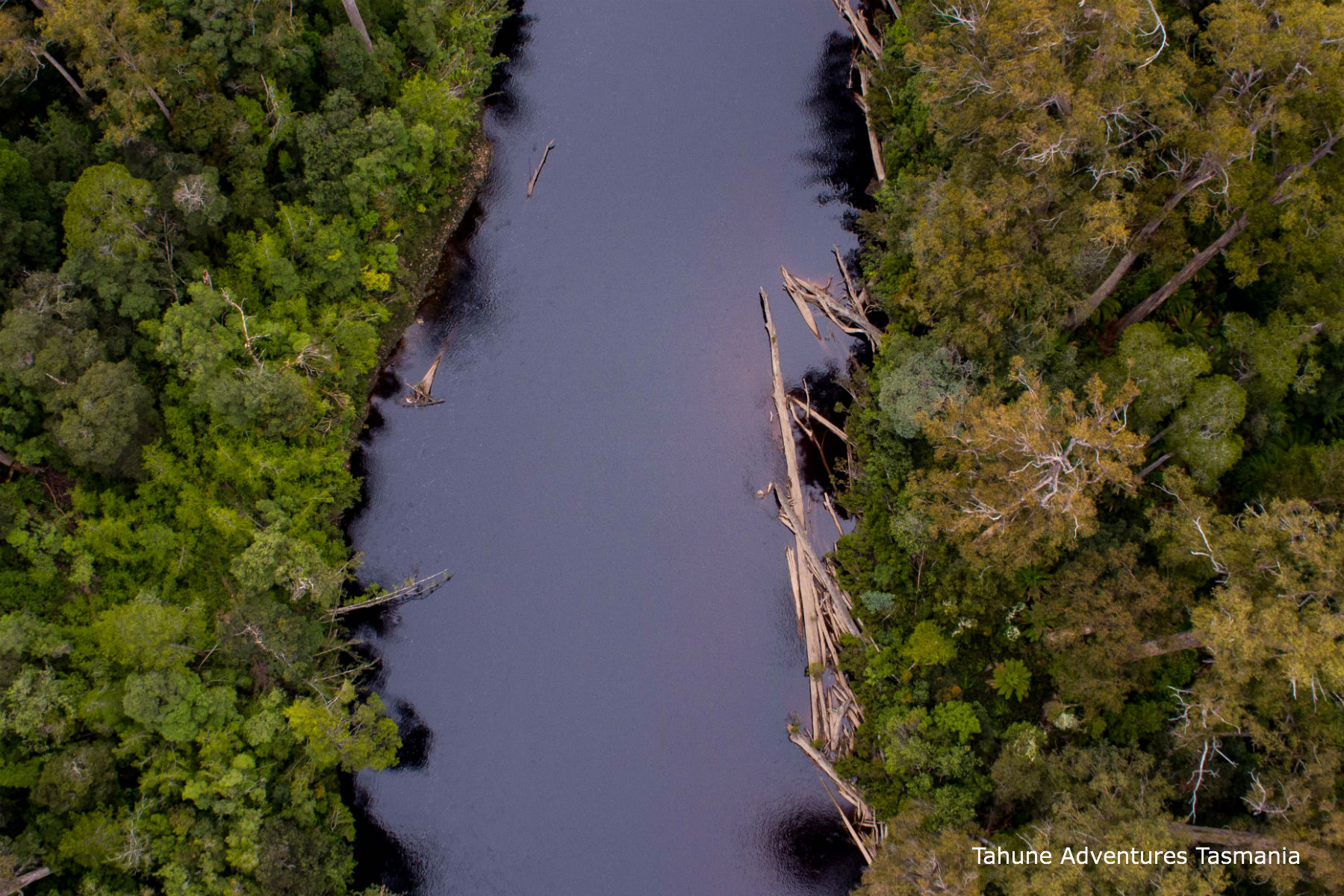
Gordon River
The Gordon River flows through the Central Highlands and western regions of Tasmania, from below Mount Hobhouse, through the Gordon Gap, damming at Gordon Dam. Traversing 172 kilometres through several national parks and with numerous tributaries, the river tumbles 570 metres downward as it courses through uninhabited wilderness containing cold climate rainforest and atypical trees.
Cruising from Strahan is a unique and breathtaking way to experience the rare beauty of the river’s timeless antiquity and its lush rainforest surroundings.
Return to Top
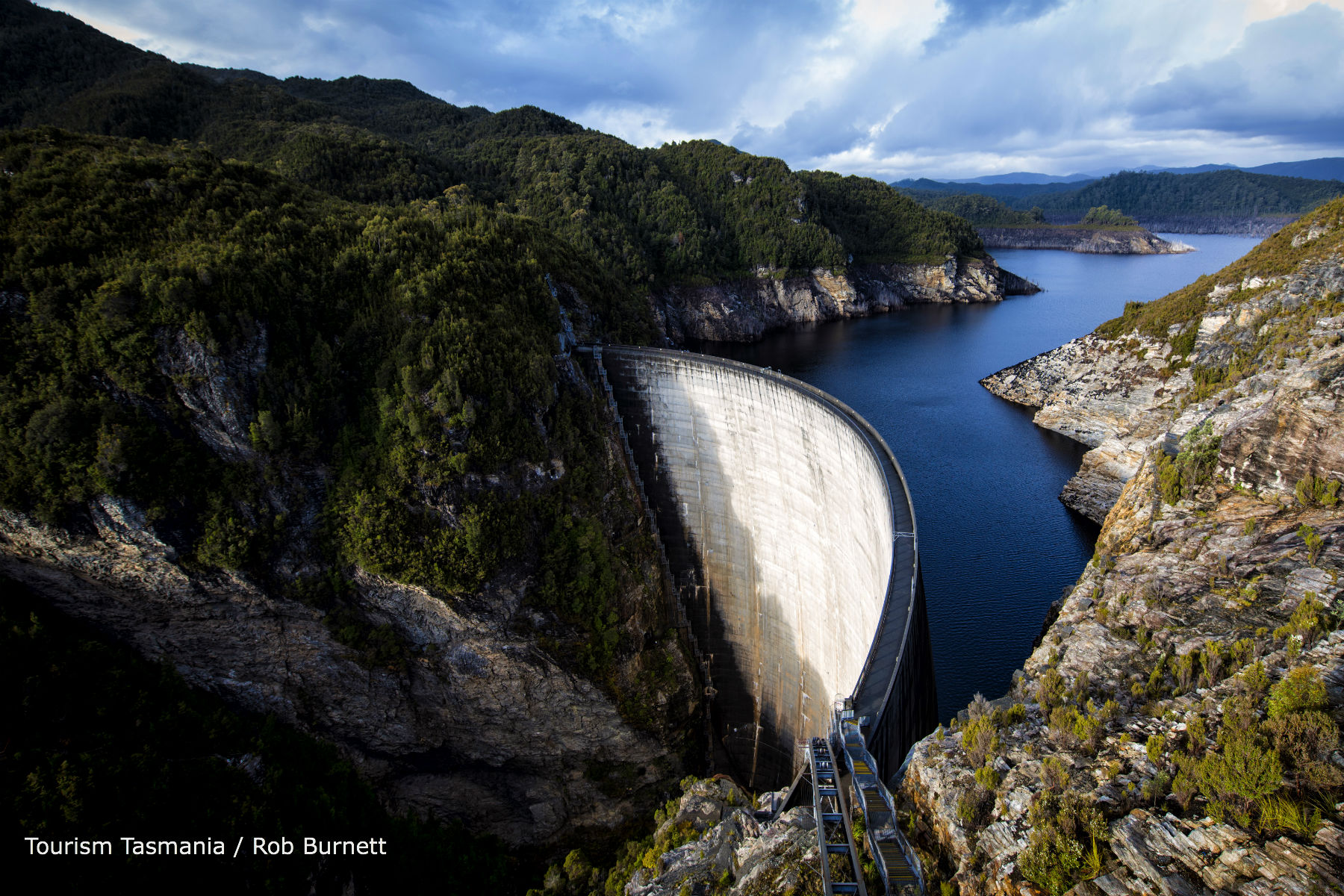
Cataract Gorge
Cataract Gorge, an easy 20 minute walk from Launceston, is at the lower section of the South Esk River, 1.5 kilometres from the CBD. Abundant with gardens and glades, a swimming pool and picnic area, the gorge is blessed with an abundance of wildlife and a cool verdant landscape.
One of the region’s foremost tourist attractions, the area also features an interpretive museum, cafes and the longest (single span) chairlift in the world.
Return to Top
